Plano Plumbers play a crucial role in maintaining the comfort and functionality of modern homes and businesses. Their expertise extends far beyond fixing leaks and unclogging drains; they are responsible for the design, installation, and maintenance of complex water and drainage systems that support daily life.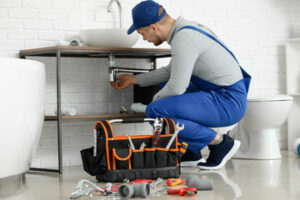
Plumbing systems are the backbone of any building, ensuring the safe delivery of clean water and the efficient removal of waste. Without the work of skilled plumbers, modern infrastructure would face significant challenges in hygiene, safety, and functionality.
The history of plumbing dates back to ancient civilizations, where early plumbing systems used clay pipes and rudimentary drainage channels to transport water and waste. Over time, advancements in materials and engineering have transformed plumbing into a sophisticated field requiring technical knowledge and problem-solving skills. Today, plumbers are highly trained professionals who understand the complexities of pressurized water systems, waste disposal networks, and the latest industry standards. Their work involves a combination of technical precision and practical problem-solving, ensuring that water flows efficiently and safely through homes, commercial buildings, and public infrastructure.
One of the key aspects of modern plumbing is the installation and maintenance of water supply systems. Plumbers are responsible for designing systems that provide consistent water pressure and prevent contamination. This involves selecting appropriate materials, calculating pressure loads, and installing pipes and valves that comply with industry regulations. Plumbers must also ensure that backflow prevention mechanisms are in place to protect drinking water from potential contamination. The installation process requires precise measurements, welding, and sealing to create leak-proof connections that withstand the pressure of daily use.
Drainage and waste removal systems are equally important components of plumbing. Plumbers design and install drainage networks that efficiently carry wastewater away from buildings and into municipal sewage systems or septic tanks. Proper slope, pipe sizing, and venting are critical factors in preventing blockages and ensuring smooth drainage. Plumbers also address issues such as sewer gas leaks, clogged drains, and pipe corrosion, which can compromise the safety and functionality of a plumbing system. Modern plumbing systems incorporate advanced materials and designs to minimize maintenance and extend the lifespan of drainage infrastructure.
Heating and cooling systems often fall within the scope of a plumber’s work. Radiant floor heating, hot water circulation, and geothermal systems require the expertise of skilled plumbers to ensure proper installation and operation. Plumbers work with a variety of heating elements, pumps, and insulation materials to create energy-efficient systems that maintain comfortable indoor temperatures. The integration of plumbing with heating and cooling systems requires a deep understanding of thermodynamics and fluid mechanics. Plumbers must carefully balance water flow rates, pressure levels, and heat transfer properties to optimize system performance.
Plumbers also play a vital role in emergency repair situations. Burst pipes, major leaks, and sewage backups can cause significant property damage and health risks if not addressed promptly. Emergency plumbers respond quickly to assess the situation, identify the source of the problem, and implement effective repairs. This often involves working under pressure in challenging conditions, such as flooded basements or frozen pipes. The ability to diagnose issues accurately and apply immediate solutions is a hallmark of experienced plumbers. Their quick response and technical expertise prevent further damage and restore the functionality of plumbing systems.
Water conservation and sustainability have become important considerations in modern plumbing. Plumbers are at the forefront of implementing water-saving technologies and practices. Low-flow fixtures, greywater recycling systems, and rainwater harvesting solutions are designed and installed by plumbers to reduce water consumption and environmental impact. Plumbers also educate property owners on how to minimize water waste and improve system efficiency. This shift toward sustainable plumbing reflects the growing awareness of environmental responsibility and the need to protect natural resources.
Advancements in plumbing technology have introduced new tools and methods that enhance efficiency and accuracy. Video inspection cameras, leak detection sensors, and hydrojetting equipment allow plumbers to diagnose and resolve issues with greater precision. Video inspection cameras are inserted into pipes to provide real-time visuals of blockages, cracks, and corrosion. This allows plumbers to identify the exact location and nature of a problem without invasive methods. Leak detection sensors use ultrasonic or infrared technology to detect hidden leaks behind walls or under floors, preventing structural damage and water loss. Hydrojetting uses high-pressure water streams to clear stubborn blockages and buildup in drainage pipes, restoring optimal flow without the need for chemical treatments.
The training and certification process for plumbers is rigorous, reflecting the technical complexity of the profession. Plumbers undergo extensive apprenticeships where they learn the fundamentals of pipe fitting, water pressure regulation, and system design. They must also pass certification exams to demonstrate their knowledge of industry codes, safety standards, and best practices. Continuing education is essential for plumbers to stay current with new materials, technologies, and regulations. Specialized training in areas such as green plumbing, backflow prevention, and gas line installation allows plumbers to expand their skill set and provide a broader range of services.
Commercial plumbing presents unique challenges and demands compared to residential plumbing. Large-scale facilities, such as hotels, hospitals, and industrial complexes, require complex plumbing networks that support high volumes of water usage and waste removal. Plumbers working in commercial settings must design systems that accommodate peak demand, prevent cross-contamination, and comply with stringent health and safety regulations. The installation of industrial-grade pipes, pumps, and valves requires specialized knowledge and equipment. Maintenance and repair work in commercial settings often involves coordinating with other trades, such as electricians and HVAC technicians, to ensure seamless system integration.
The role of plumbers in public health and safety cannot be overstated. Clean water delivery and effective waste removal are fundamental to preventing the spread of disease and maintaining sanitary living conditions. Plumbers install and maintain water filtration systems, disinfectant treatments, and pressure regulators to safeguard water quality. They also address issues such as lead pipe replacement and cross-connection control to protect against contamination. During natural disasters or infrastructure failures, plumbers are often called upon to restore water service and repair damaged pipelines, ensuring that communities have access to safe drinking water.
Innovations in plumbing materials have contributed to greater durability and performance. Traditional materials such as copper and cast iron have been supplemented by modern options like cross-linked polyethylene (PEX) and chlorinated polyvinyl chloride (CPVC). These materials offer increased flexibility, corrosion resistance, and ease of installation. PEX tubing, for example, can be bent and routed through tight spaces without the need for joints or fittings, reducing the risk of leaks. CPVC pipes withstand high temperatures and chemical exposure, making them ideal for hot water systems. The selection of materials depends on factors such as water quality, system pressure, and budget considerations.
Plumbers are also involved in the installation and maintenance of gas lines for heating, cooking, and industrial applications. Gas line work requires specialized training and certification to ensure safety and compliance with regulatory standards. Plumbers install pressure regulators, leak detection systems, and emergency shut-off valves to prevent gas leaks and explosions. They also conduct safety inspections and pressure tests to verify the integrity of gas lines. The ability to work with both water and gas systems highlights the diverse skill set of professional plumbers.
The future of plumbing is shaped by ongoing advancements in technology, materials, and environmental standards. Smart plumbing systems equipped with sensors and automated controls are becoming more common in residential and commercial settings. These systems monitor water usage, detect leaks, and adjust pressure levels to optimize performance and efficiency. The integration of smart technology with plumbing allows for remote monitoring and control, providing property owners with real-time insights into their water systems. Plumbers are adapting to this technological shift by gaining expertise in smart system installation and troubleshooting.
The demand for skilled plumbers remains strong, driven by the need for infrastructure development, population growth, and environmental sustainability. Plumbers are essential to the construction of new buildings, the renovation of aging infrastructure, and the implementation of green building practices. Their work supports public health, environmental protection, and economic stability. The profession offers diverse career opportunities, from residential and commercial plumbing to specialized fields such as medical gas systems and water treatment. Plumbers combine technical knowledge with practical problem-solving, making them indispensable contributors to modern society.

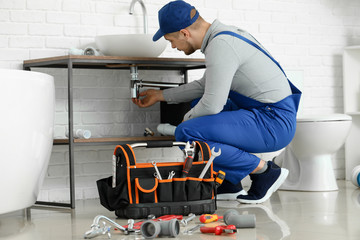
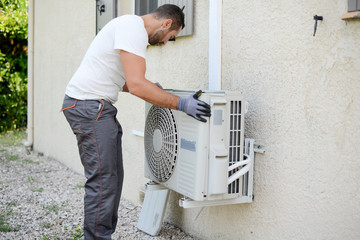
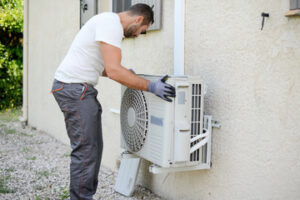
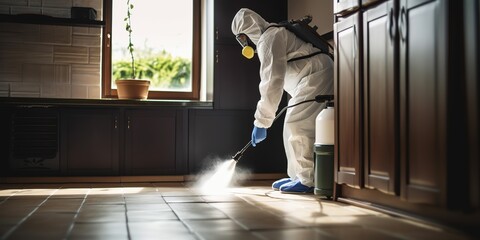 Modern exterminators use heat treatments for bed bugs and cockroaches to avoid the negative side effects of pesticides. These treatments raise the temperature in an infested space to levels lethal to the insects, and they can kill them at all stages of life including eggs and larvae. They are also safe for children, pets, and residents with chemical sensitivities.
Modern exterminators use heat treatments for bed bugs and cockroaches to avoid the negative side effects of pesticides. These treatments raise the temperature in an infested space to levels lethal to the insects, and they can kill them at all stages of life including eggs and larvae. They are also safe for children, pets, and residents with chemical sensitivities.